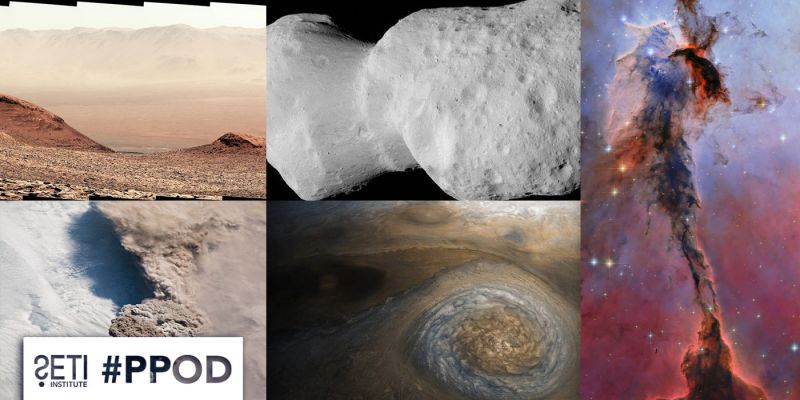
Madhusudhan et al. just reported ~3 sigma detection of dimethyl sulfide (DMS) or dimethyl disulfide (DMDS) in the atmosphere of K2-18 b in the Astrophysical Journal Letters. The claim is intriguing, as these gases can be associated with biological activity. On the other hand, the signal is modest, ambiguous, and potentially explainable as the result of noise or systematic error. Moreover, abiotic sources for these compounds do exist, and even if they are low-yield and short-lived, they cannot yet be ruled out. Critically, contextual data about the planet remain limited, making interpretation of atmospheric signatures highly uncertain. Despite this, the study is valuable in that it helps define what further research is needed, both observationally and experimentally, to test biosignature claims more robustly. While public statements overstate the confidence behind the findings, the real contribution lies in how the study challenges the scientific community to refine its tools and standards. This study is not a confirmation of life; not even a hypothesis that life is present on K2-18b, but a demonstration of where our methodological strengths and limitations lie, and what must come next to an unambiguous claim of life beyond Earth.





